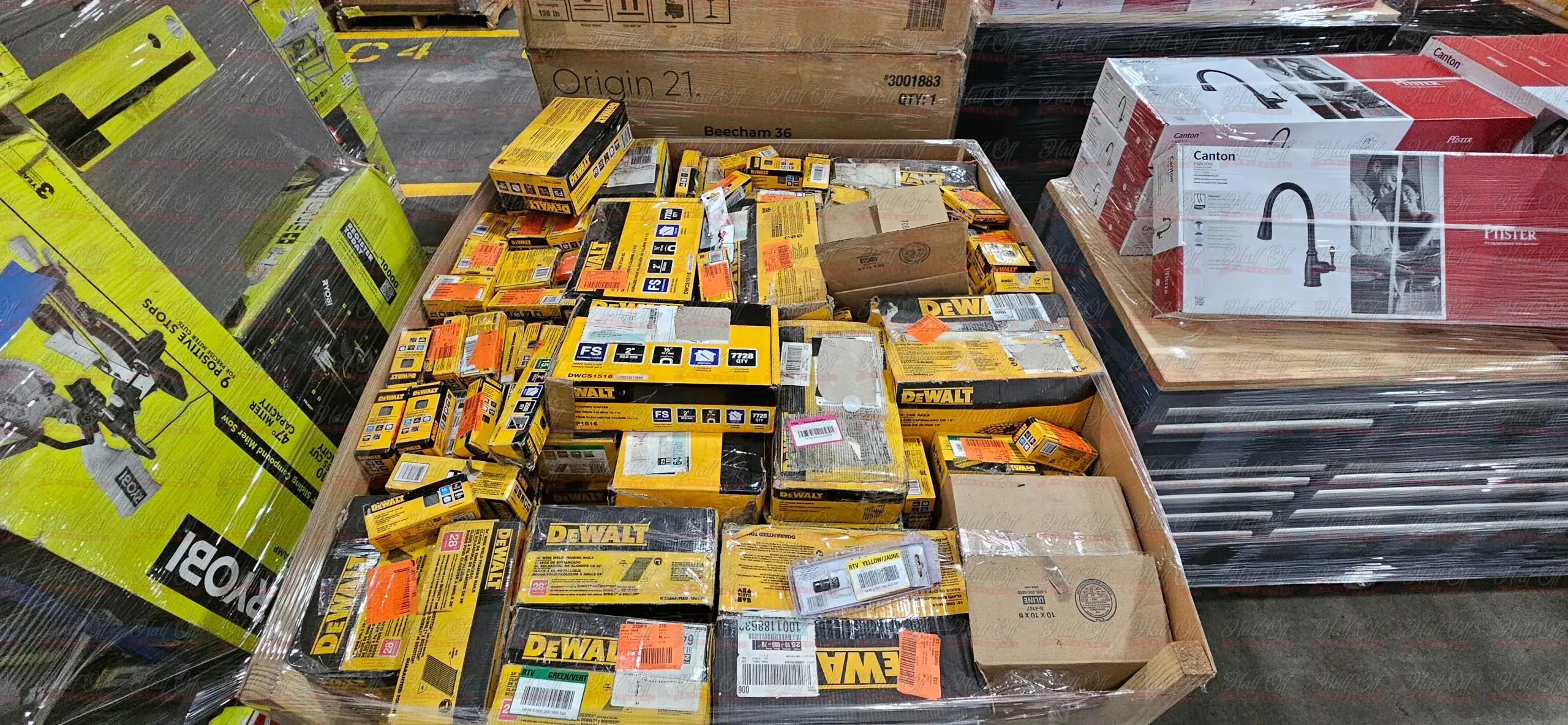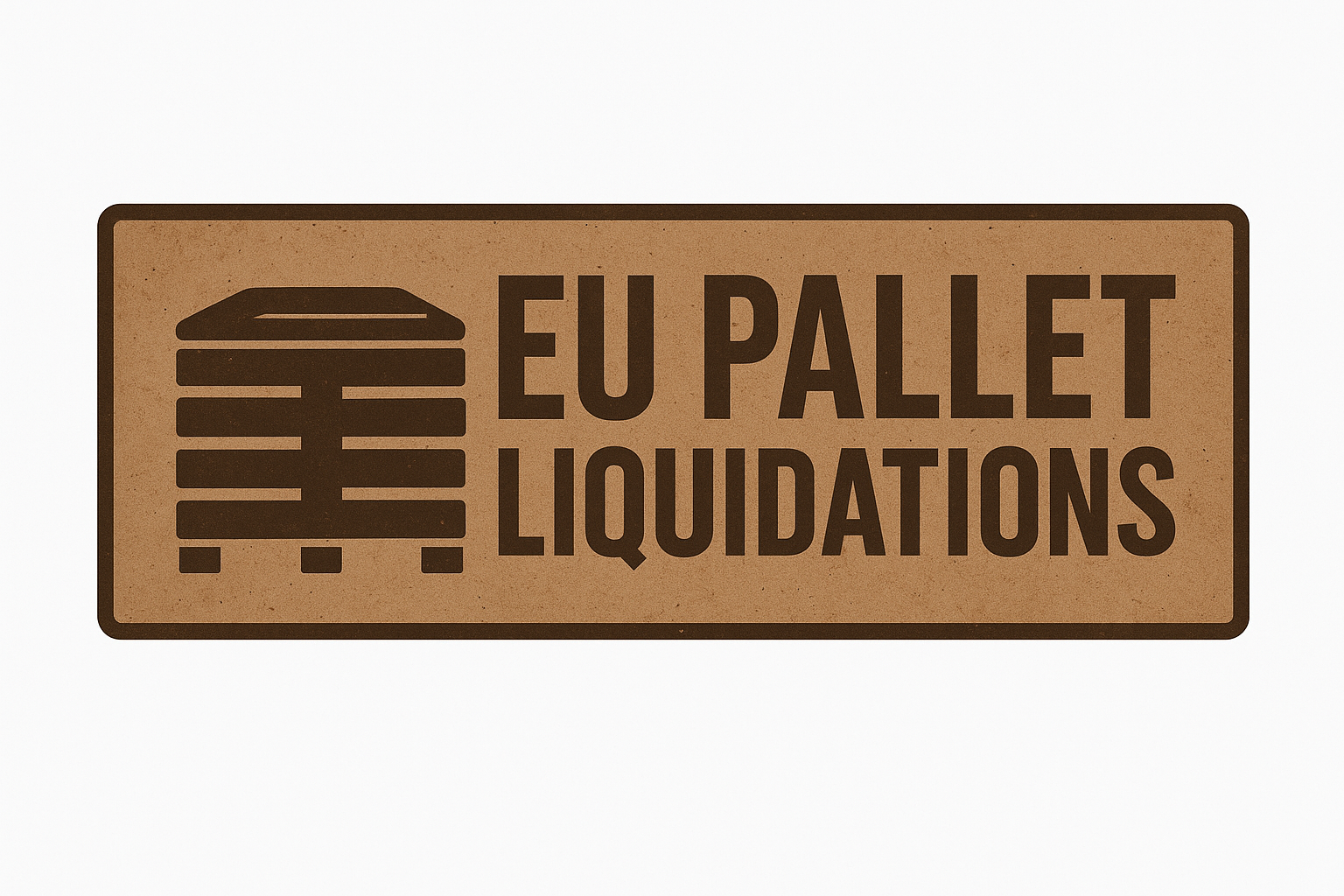Top Tips for Safely Purchasing Pallet Liquidation Items in Bulk

Top Tips for Safely Purchasing Pallet Liquidation Items in Bulk: A Complete Guide for Resellers and Retailers
Buying pallet liquidation items in bulk can be a lucrative strategy for resellers, small business owners, and retail entrepreneurs looking to maximize profits and diversify their inventory. However, navigating the world of pallet liquidation requires careful planning and knowledge to avoid common pitfalls. In this comprehensive guide, we’ll share essential tips for safely purchasing pallet liquidation items in bulk, ensuring you get quality products and a successful return on your investment.
Why Consider Pallet Liquidation?
Pallet liquidation involves purchasing large quantities of surplus, overstock, returned, or discontinued items from manufacturers, retailers, or liquidation companies. These pallets can include a mix of products ranging from electronics and apparel to household goods and more. When approached correctly, pallet liquidation offers several advantages:
- Cost Savings: Significantly lower prices compared to retail.
- Diverse Inventory: Access to a variety of products to sell online or in-store.
- High Profit Margins: Reselling liquidation items can generate substantial profits.
Despite these benefits, the risk of acquiring damaged, incomplete, or low-quality items can be high if not handled properly. That’s why following safety and best practice tips is crucial.
1. Do Your Research and Find Reputable Suppliers
The foundation of safe pallet liquidation purchasing lies in partnering with trustworthy suppliers. Look for companies with a solid reputation, positive reviews, and transparent policies. Check for certifications, longevity in the industry, and customer testimonials. Avoid suppliers with a history of selling mystery or “junk” pallets that contain unmarketable products.
Pro Tip: Request references or sample pallets before committing to large purchases. Attend industry expos or online liquidation marketplaces to connect with reputable vendors.
2. Understand the Types of Pallet Liquidation
Not all pallets are created equal. Familiarize yourself with different types of liquidation pallets:
- Customer Return Pallets: Contain items returned by customers, which may include damaged or opened products.
- Overstock Pallets: Include surplus inventory from retailers, often in new condition.
- Refurbished or Repackaged Pallets: Consist of refurbished items or products repackaged for resale.
Knowing what to expect helps you assess the risk and determine if a pallet aligns with your selling capabilities.
3. Review Detailed Descriptions and Photos
Request comprehensive descriptions and clear images of the pallets before purchasing. Look for information on:
- Product categories
- Condition of items (new, used, damaged)
- Quantity and weight
- Packaging details
Transparency from the supplier reduces surprises and helps you evaluate whether the pallet fits your business needs.
4. Start Small and Scale Up
If you’re new to pallet liquidation, begin with smaller lots to assess product quality and supplier reliability. This approach minimizes your financial risk and provides valuable experience. Once you establish a pattern of successful purchases, you can confidently scale up your orders.
5. Inspect Items Upon Arrival
When your pallets arrive, conduct a thorough inspection before reselling. Check for:
- Damaged or broken products
- Missing parts or accessories
- Expiry dates on perishable items
- Overall condition and cleanliness
Document any issues with photos and communicate with the supplier if discrepancies arise. Proper inspection prevents customer complaints and returns.
6. Know Your Market and Focus on Profitable Items
Research your target market to understand which products sell well and are worth reselling. Focus on categories with high demand, low return rates, and good profit margins. Avoid pallets filled with low-value or hard-to-sell items that could eat into your profits.
7. Understand Legal and Safety Regulations
Ensure that the products you purchase comply with local safety standards, labeling requirements, and import/export regulations. Selling non-compliant products can lead to fines, recalls, or damage to your reputation.
8. Maintain Accurate Records and Inventory Management
Keep detailed records of each purchase, including supplier information, purchase price, inspection results, and resale status. Effective inventory management helps you track profit margins and identify the most profitable product categories.
9. Build Relationships with Trusted Suppliers
Long-term relationships with reliable liquidation vendors can lead to better deals, priority access to pallets, and insider knowledge about upcoming liquidation sales. Consistent communication and professionalism foster trust and stability in your sourcing process.
10. Stay Informed and Keep Learning
The liquidation industry constantly evolves. Stay updated on market trends, new suppliers, and best practices by joining online forums, industry groups, or attending trade shows. Continuous learning ensures you make informed decisions and adapt to market changes.
In Summary
Purchasing pallet liquidation items in bulk can be a highly profitable venture when approached with caution and knowledge. By researching reputable suppliers, understanding different pallet types, inspecting goods carefully, and focusing on your target market, you can minimize risks and maximize your profits. Remember, patience and due diligence are key to building a successful pallet liquidation business.
Start your journey today by applying these top tips, and turn bulk liquidation pallets into a thriving retail or online business!
